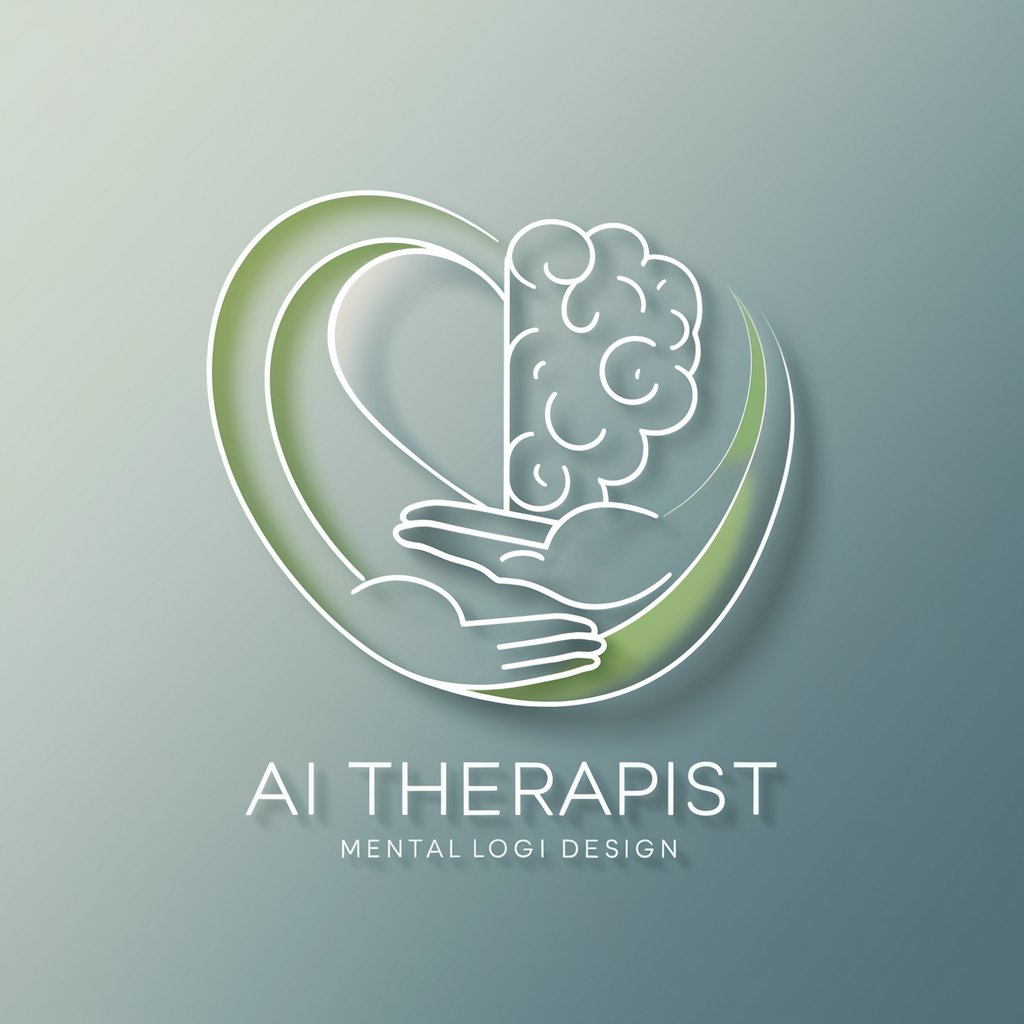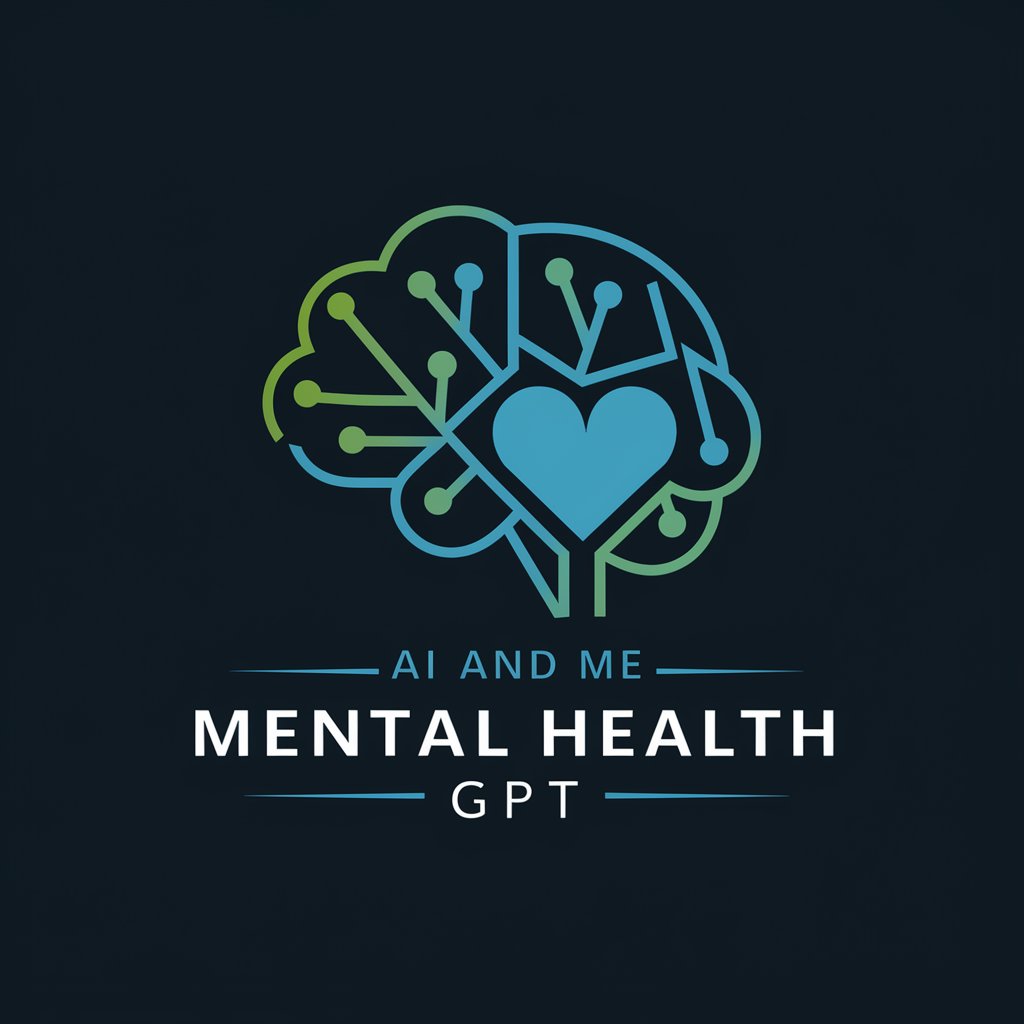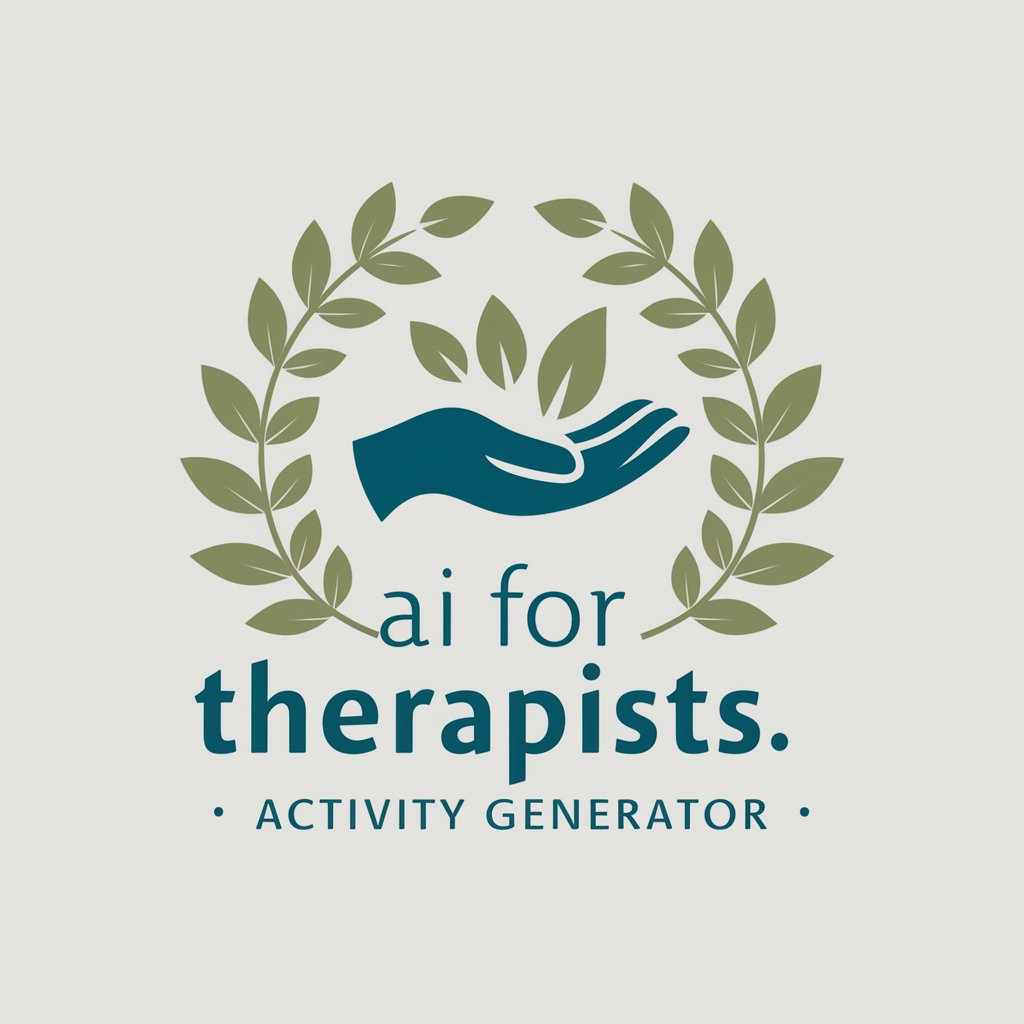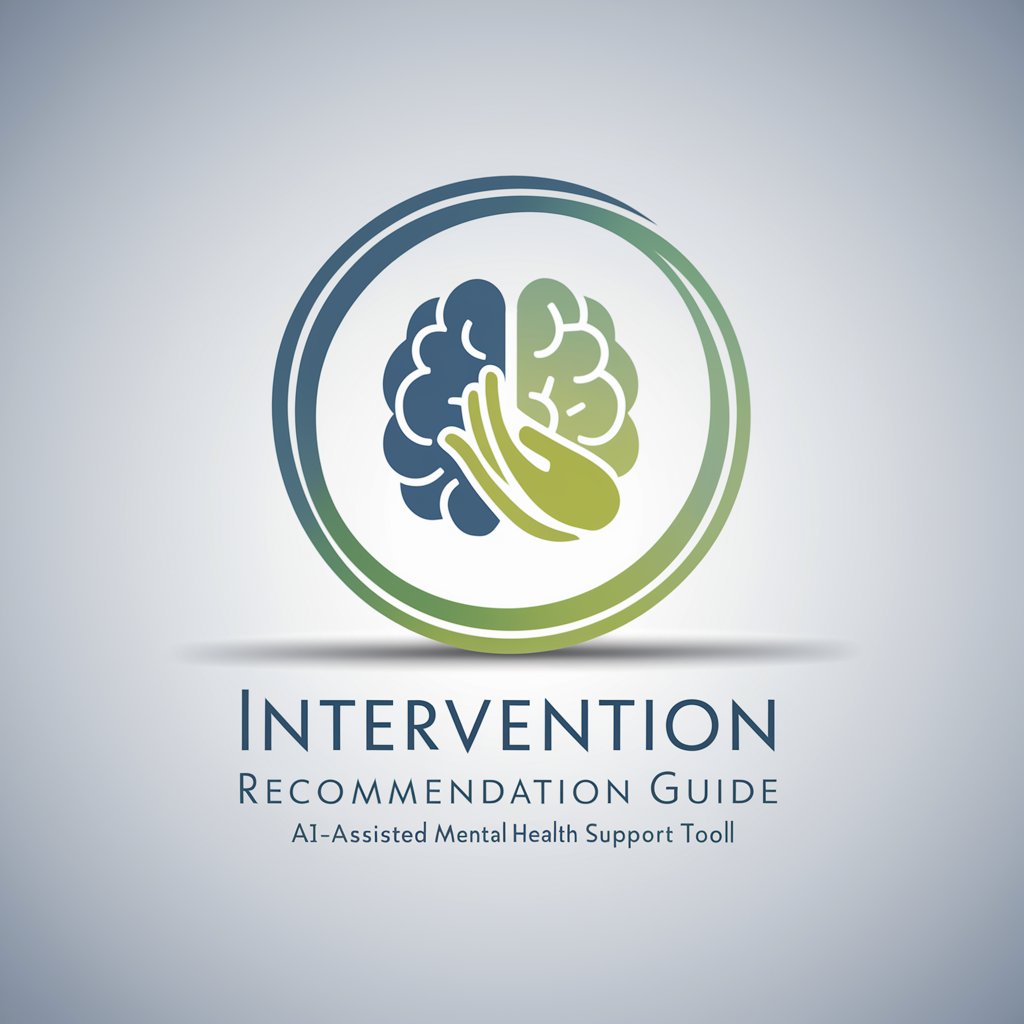
AI in Therapy: SBIRT Screening Tools - SBIRT Screening Tool
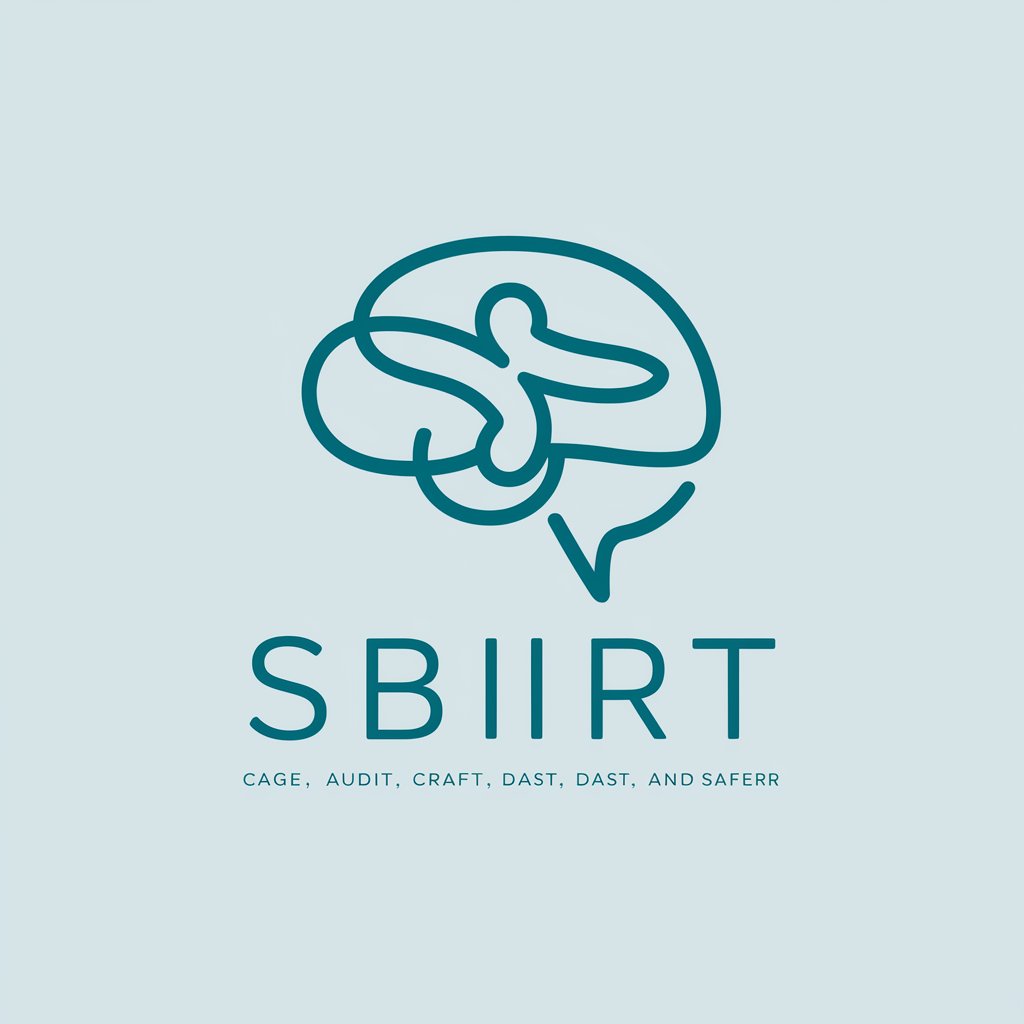
Welcome! Let's start your SBIRT screening journey.
AI-Powered Substance Use Screening
Can you describe how the CRAFFT tool assesses adolescent substance use?
What are the key questions included in the AUDIT questionnaire?
How does the DAST-10 screening tool measure drug abuse severity?
What is the purpose of the CAGE questionnaire in alcohol dependence screening?
Get Embed Code
Introduction to AI in Therapy: SBIRT Screening Tools
AI in Therapy: SBIRT Screening Tools is an advanced application designed to enhance the effectiveness of SBIRT (Screening, Brief Intervention, and Referral to Treatment) processes in the context of social work and substance abuse counseling. It integrates a range of screening tools, including CAGE, AUDIT, CRAFFT, DAST, and SAFERR, to assist professionals in identifying individuals who might benefit from further evaluation or intervention for substance use disorders. For example, a social worker might use the DAST-10 tool to screen a client for non-alcohol substance abuse by asking a series of questions related to drug use and its impact on the client's life, scoring their responses, and interpreting the results to determine the level of risk or need for further assessment【11†source】. Similarly, a healthcare provider could use the AUDIT tool to assess a patient's alcohol consumption patterns, risks, and behaviors, ultimately guiding the conversation towards intervention strategies based on the patient's readiness to change【13†source】. Powered by ChatGPT-4o。

Main Functions of AI in Therapy: SBIRT Screening Tools
Guided Questionnaires
Example
Using the CRAFFT 2.1+N Interview for adolescents, the tool engages young patients with questions about their use of alcohol, marijuana, and other substances. It scores their responses to identify risks of substance use disorders, offering a tailored intervention plan based on the severity of their situation【14†source】.
Scenario
In a pediatric clinic, a healthcare professional uses the CRAFFT tool to screen a 16-year-old patient for substance use risk factors. The responses indicate a high risk, leading to a discussion on safer behaviors and possible referral for specialized treatment.
Scoring and Interpretation
Example
The DAST-10 screening tool provides a straightforward scoring mechanism where each 'yes' response to questions about drug use equates to a point. A total score categorizes the client's drug use severity, guiding professionals on the necessity of further investigation or direct intervention【11†source】.
Scenario
A counselor at a substance abuse center screens a new client using the DAST-10. The client's score falls into the 'substantial level' range, prompting the counselor to initiate a more comprehensive assessment and consider immediate treatment options.
Referral and Resources
Example
After completing an AUDIT screen that indicates a severe level of alcohol use disorder, the tool suggests relevant local and online resources. It includes links to support groups, treatment facilities, and educational materials to help individuals understand their condition and find help【13†source】.
Scenario
Following a high-risk AUDIT score, a primary care physician provides the patient with a list of nearby alcohol treatment centers and online counseling services, facilitating the first step towards recovery.
Ideal Users of AI in Therapy: SBIRT Screening Tools
Healthcare Professionals
Doctors, nurses, and mental health professionals use the tool to screen patients for substance use risks during routine check-ups or specific health visits. Its ability to integrate seamlessly into healthcare settings allows for early identification and intervention, potentially preventing more severe substance use disorders.
Social Workers and Counselors
These professionals often encounter individuals and families dealing with complex social and emotional issues. The SBIRT tools provide them with a structured approach to screen for substance use and related problems, enabling them to address these issues comprehensively within their practice.
Educational Institutions
School counselors and health educators use the tools to assess students' risk levels for substance use. Early detection and educational interventions can be critical in preventing substance misuse among adolescents and young adults.

Usage Guide for AI in Therapy: SBIRT Screening Tools
Start Your Free Trial
Begin by visiting yeschat.ai to access a free trial of the tool without needing to log in or have a ChatGPT Plus subscription.
Select a Screening Tool
Choose from the available SBIRT screening tools (CAGE, AUDIT, CRAFFT, DAST, SAFERR) based on your client's needs, age, and substance use concerns.
Conduct the Screening
Follow the guided interactive questionnaire. The tool will prompt you with questions tailored to the selected screening, adjusting for factors like age and gender.
Review the Results
Immediately after completion, the tool will score responses and provide an interpretation based on standardized guidelines, highlighting risk levels and suggesting potential next steps.
Explore Referral Options
Use the provided link to NIDA's resource chart for further information, and consider local or online resources for intervention and treatment based on the screening outcome.
Try other advanced and practical GPTs
Health Product and Service Guide
Empowering health choices with AI
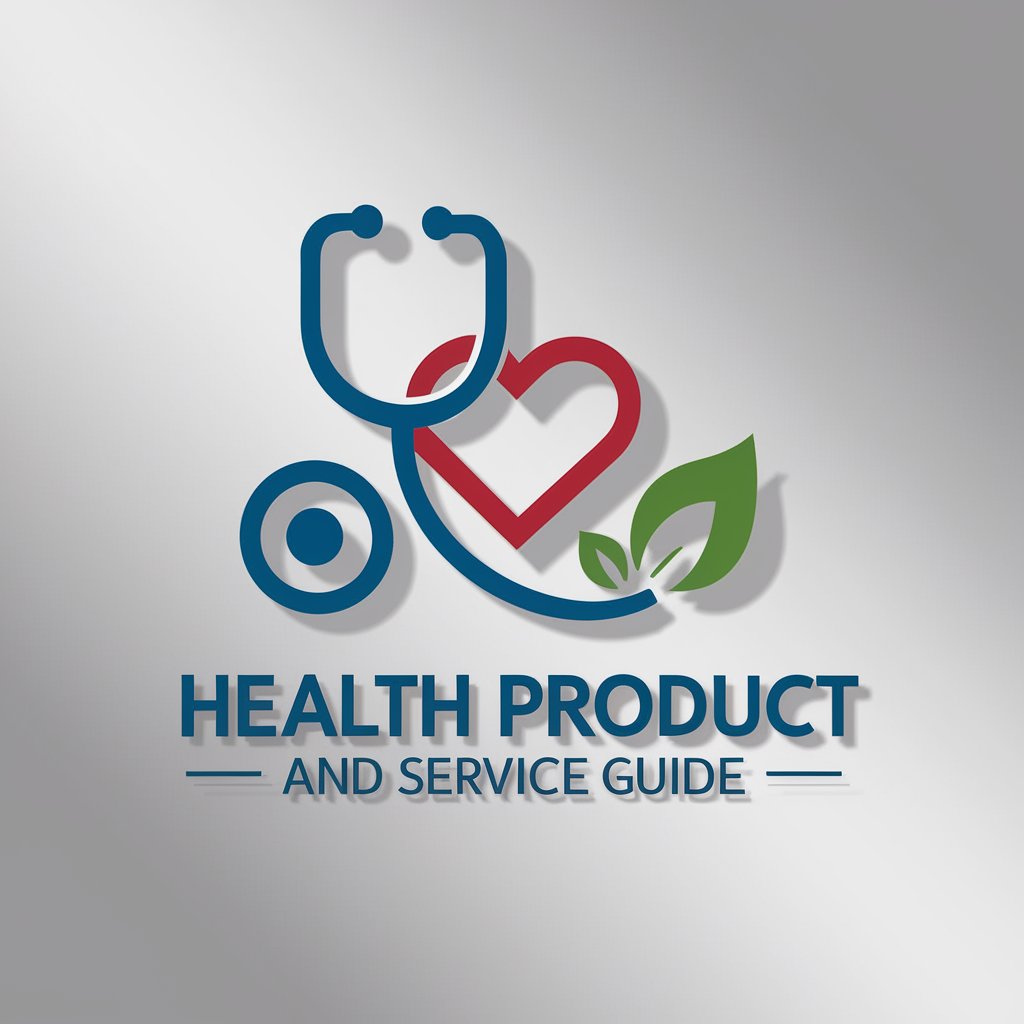
The Glam Food Creator
Elevate your culinary art with AI

PoetryGPT 📖
Empowering Poetry with AI
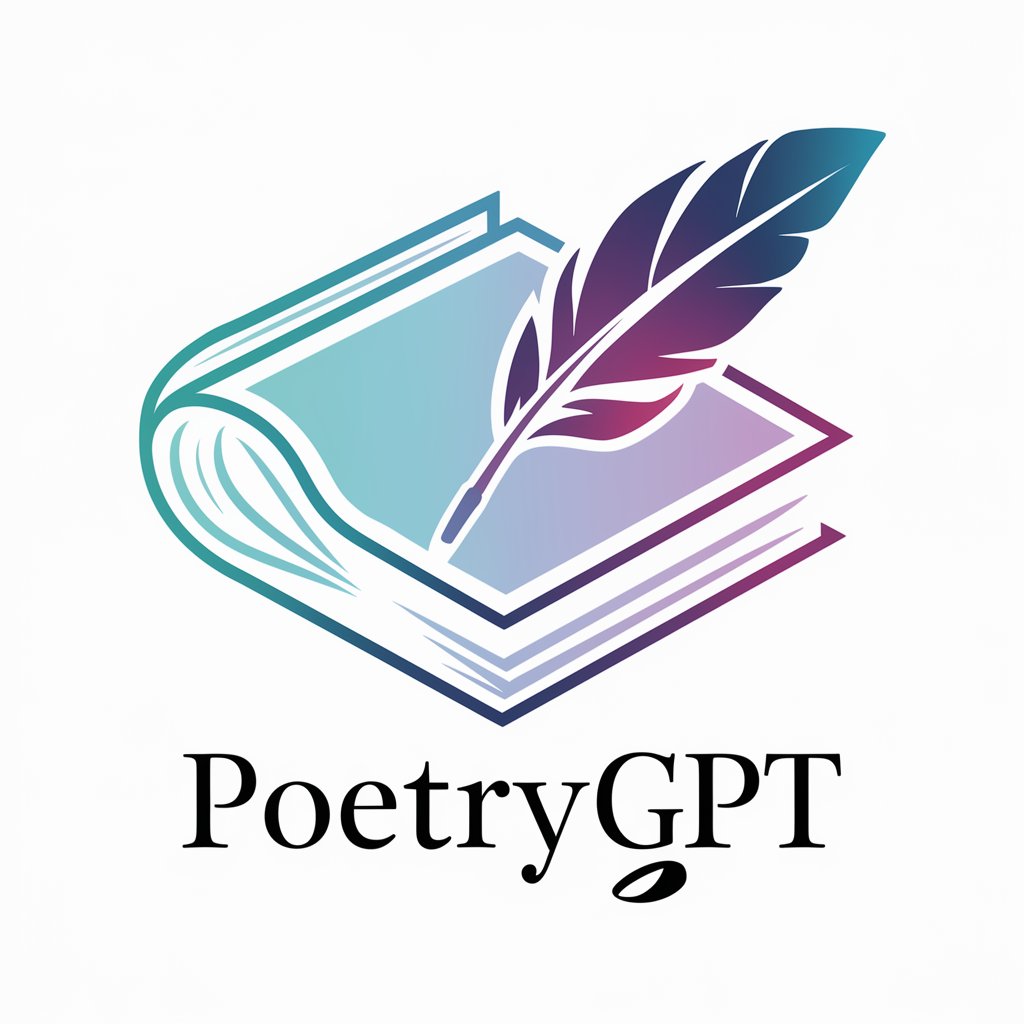
Trademark Navigator
Navigating Trademarks with AI

Trabalho Remoto (Consultora) - Dra. Kaza
Empowering Your Remote Work Journey with AI
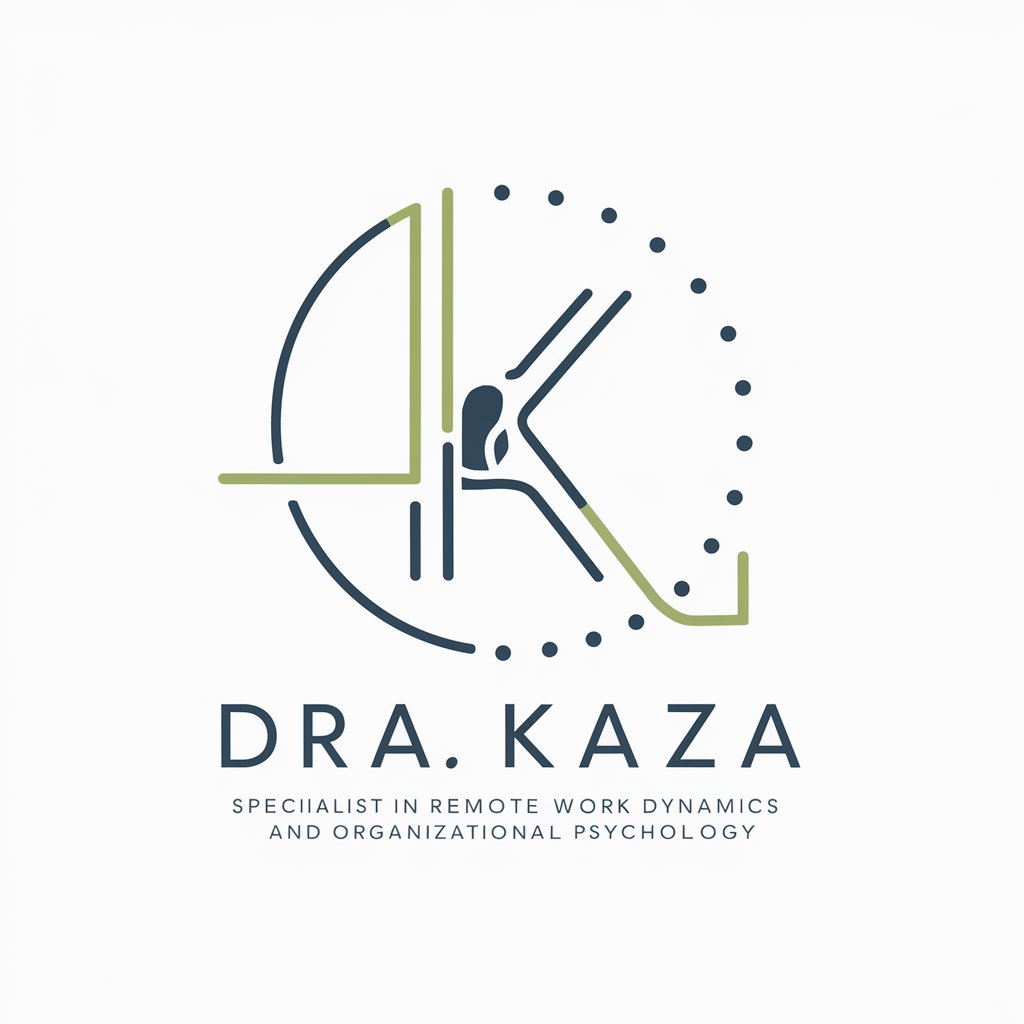
Open A I Gpt3 Chat
Empower Your Conversations with AI
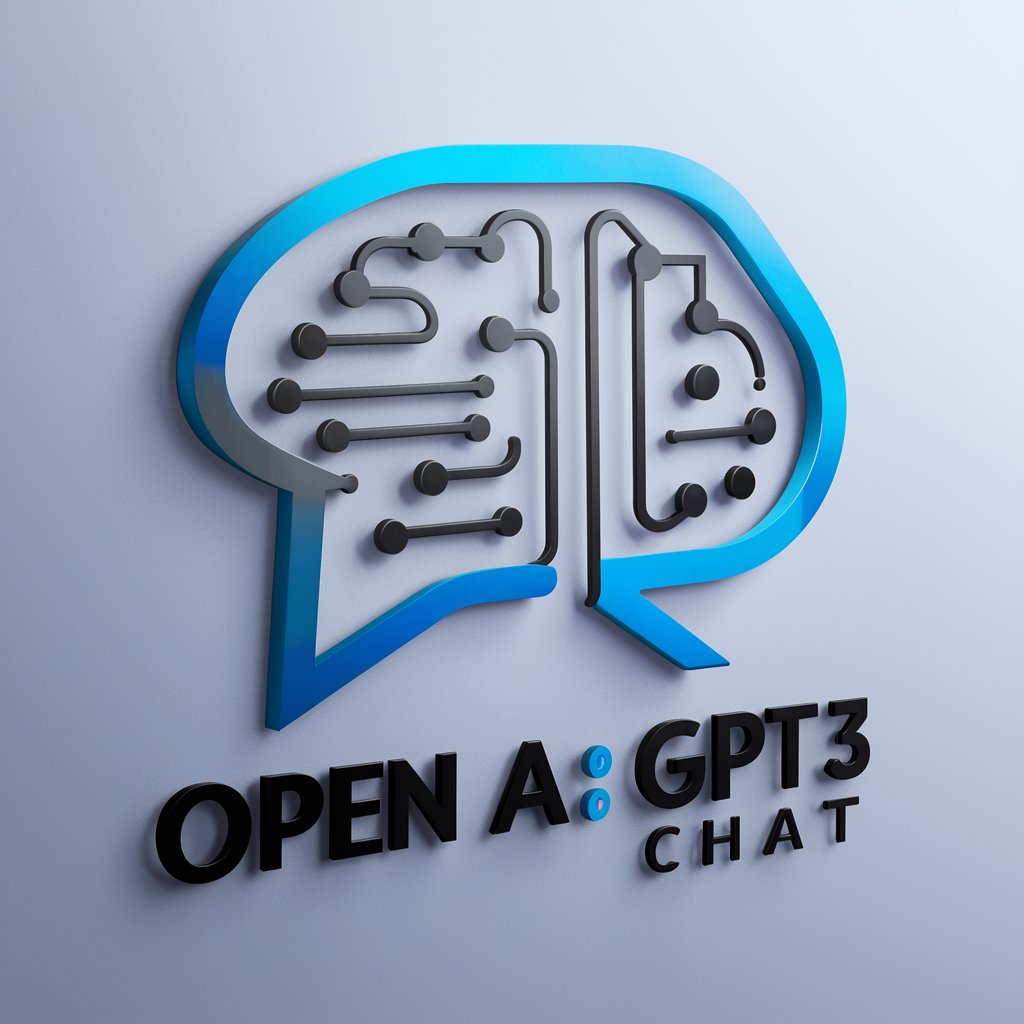
ReproGPT
Powering Research with AI Transparency

Ask the Jokester
Bringing AI-Powered Laughter to Life

Real Friends
Your AI-Powered Friend for Every Need
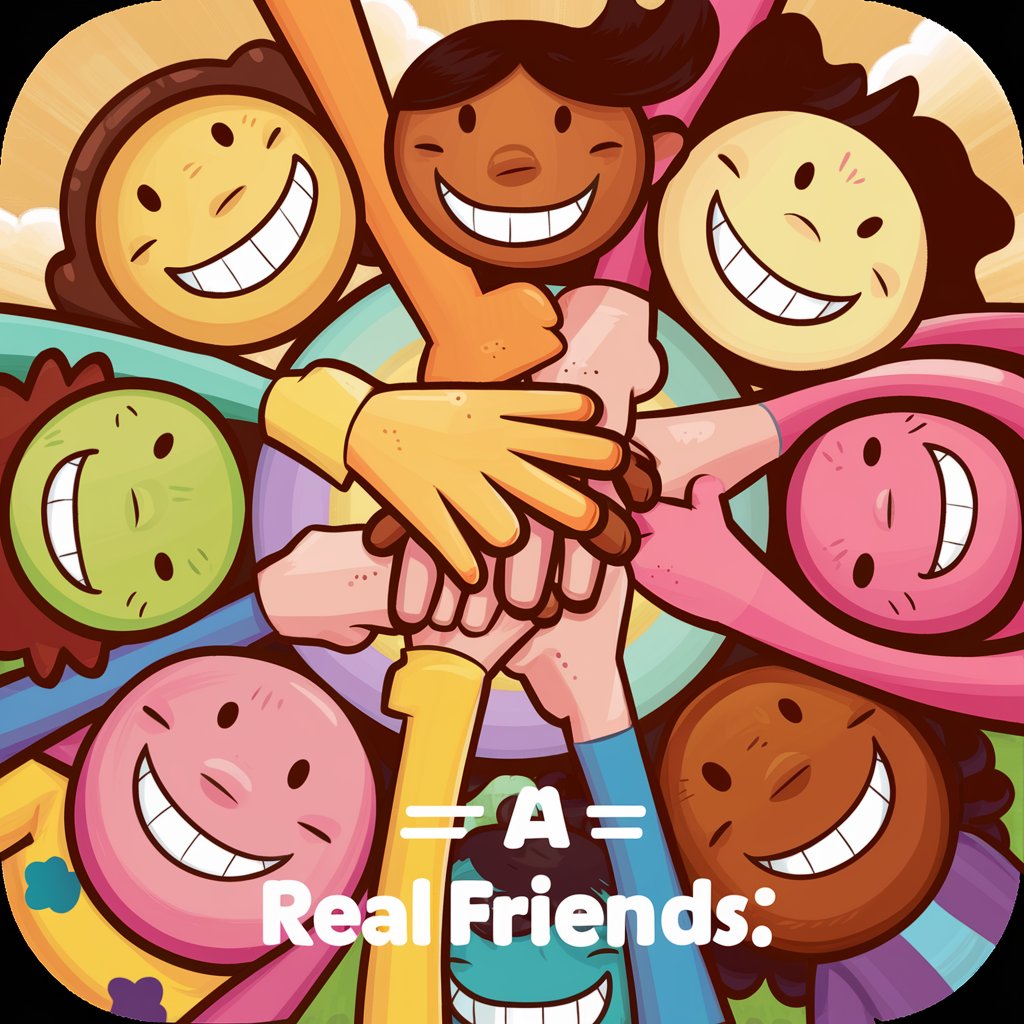
C# Pro Guide
Elevate Your C# Development with AI

Anime BFF
Unleash Your Anime Adventure

MonsterCity
Unleash your city's monstrous side with AI.

Frequently Asked Questions
What is AI in Therapy: SBIRT Screening Tools?
It's a digital platform designed to assist professionals in screening for substance use disorders using validated tools such as CAGE, AUDIT, CRAFFT, DAST, and SAFERR, providing immediate scoring and interpretation.
Can AI in Therapy replace professional diagnosis?
No, it's a screening tool meant to support, not replace, the professional judgment of healthcare providers. It helps identify individuals who may benefit from a more comprehensive evaluation.
Is AI in Therapy suitable for all age groups?
Yes, it includes age-specific screening tools like CRAFFT for adolescents and AUDIT for adults, ensuring appropriate and effective screening across different age groups.
How does AI in Therapy ensure confidentiality?
The platform adheres to confidentiality standards and ethical guidelines in social work and substance abuse counseling, ensuring that user data is handled with the utmost care and respect for privacy.
Can I use AI in Therapy for group screenings?
AI in Therapy is designed primarily for individual screenings. For group settings, separate sessions are recommended to maintain privacy and provide personalized feedback.
